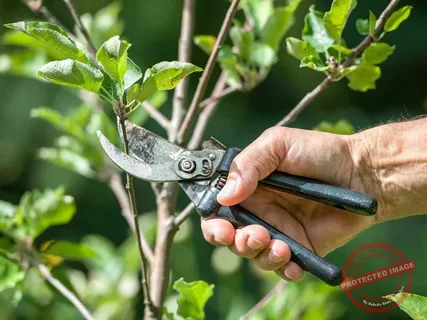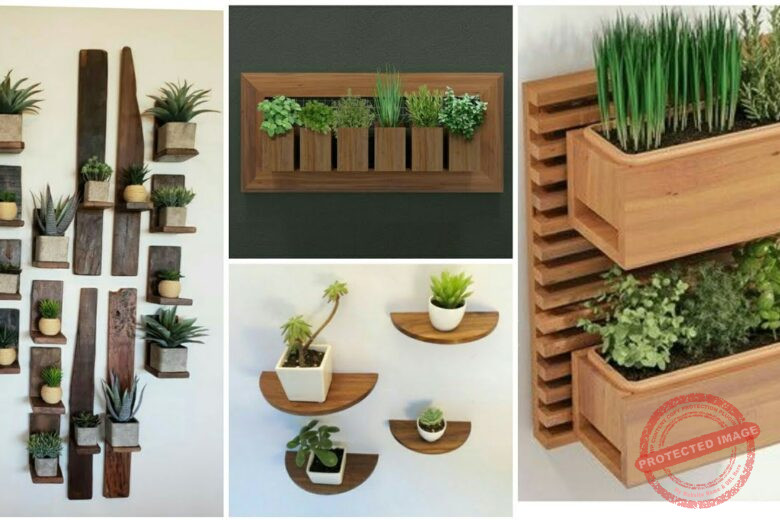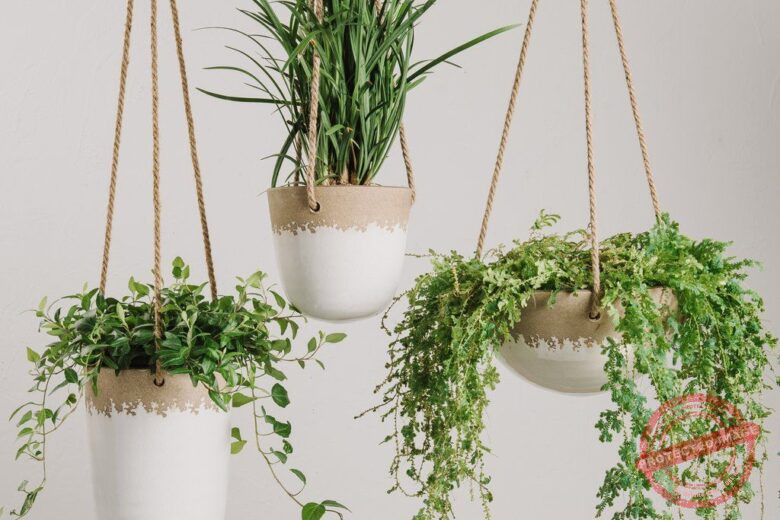When you step outside on a sunny day and hear the soft buzz of bees or catch sight of a butterfly drifting from flower to flower, it feels like nature is still in balance, doesn’t it? But the truth is, these little pollinators are working harder than ever to survive. Between pesticides, loss of habitat, and changing weather patterns, bees and butterflies need all the help they can get. And as growers, gardeners, or simply folks who care about the land, one of the simplest and most rewarding ways we can help is by planting flowers with nectar that actually feed them.
Now, I’ll be honest with you. Years ago, I didn’t give much thought to what kinds of flowers I planted around my garden. I just picked whatever looked nice at the nursery. But I remember one summer when I barely saw a single butterfly around my place, and the cucumbers and melons I planted struggled more than usual. That’s when it hit me: pollinators weren’t just something “extra” in the environment, they were the quiet workhorses making sure my plants thrived. So, I dug in, did my research, and started growing nectar-rich plants on purpose. The difference was night and day. Suddenly, the garden came alive again.
Think about it—without pollinators, how many of our favorite foods would disappear? Apples, squash, almonds, berries, even coffee! That’s why learning about nectar-rich flowers isn’t just for hobby gardeners. It’s a survival skill for anyone who eats food, and especially for us who grow it. So if you’ve ever wondered how you can pitch in and make your patch of land friendlier to these vital creatures, I’ve put together a list of 10 of the best nectar-rich plants for bees and butterflies. T hey’re easy to grow, beautiful to look at, and they’ll turn your garden into a buzzing, fluttering haven of life.
10 of the Best Nectar-Rich Plants for Bees and Butterflies
You may have to consider planting some of this Nectar-Rich Plants for Bees and Butterflies;
1. Lavender
If there’s one flower that bees will line up for, it’s lavender. The purple blooms are loaded with nectar, and the scent alone makes you want to linger in the garden. Plant it in a sunny spot with well-drained soil, and you’ll have pollinators swarming happily. A pro tip? Cut back the flowers once they fade, and you’ll get another flush of blooms later in the season.
2. Coneflower (Echinacea)
These hardy perennials are like magnets for butterflies. The large daisy-like blooms sit upright, making it easy for pollinators to land and sip nectar. Plus, they thrive even in poor soil, which makes them a low-maintenance option for busy farmers or gardeners.
3. Sunflowers
Who doesn’t love a field of sunflowers? Their big cheerful heads not only produce seeds but also provide nectar and pollen for bees. Plant a row along your fence line, and you’ll notice pollinators visiting from dawn till dusk.
4. Bee Balm (Monarda)
The name says it all. Bee balm is a must-have for anyone serious about attracting bees and butterflies. Its bright red and purple blooms look like fireworks in the garden, and hummingbirds love them too. It’s one of those flowers with nectar that never disappoints.
5. Zinnias
If you’re looking for something colorful and easy, zinnias are your go-to. They bloom like crazy all summer long, and butterflies absolutely flock to them. Scatter seeds directly in your garden, and you’ll have a rainbow patch in no time.
6. Goldenrod
Some folks think goldenrod causes allergies, but that’s actually ragweed’s fault. Goldenrod is packed with nectar and is a lifesaver for pollinators late in the season when other flowers have faded. Keep some on the edge of your property, and the bees will thank you.
7. Milkweed
Butterflies—especially monarchs—depend on milkweed not just for nectar but as a host plant for their caterpillars. If you plant milkweed, you’re not just feeding butterflies—you’re helping them raise the next generation. That’s pretty powerful, isn’t it?
8. Black-Eyed Susan
These bright yellow flowers are a classic in American gardens. They’re tough, drought-resistant, and a favorite stop for both bees and butterflies. Plant them in clusters, and you’ll see your pollinator traffic multiply.
9. Phlox
Phlox is a sweet-smelling flower that provides nectar both day and night. That means you’ll attract not just bees and butterflies but also moths that come out after dark. It’s like a 24-hour diner for pollinators.
10. Salvia
With their tall spikes of blooms, salvias are irresistible to pollinators. They come in a wide range of colors, and the nectar tubes are perfect for butterflies and hummingbirds. Once established, they don’t need much care, which is always a win in my book.
How to Plant a Pollinator-Friendly Garden
So how do you bring all these flowers together into a garden that actually helps bees and butterflies? The trick is variety. Plant blooms that flower in early spring, midsummer, and fall so there’s always something in season. Try grouping plants in clusters instead of spreading them out. Why? Pollinators prefer to visit patches of the same flower rather than hopping from one to another across the yard.
And don’t forget water. Even a shallow dish with a few pebbles can give bees a safe place to drink. Butterflies love a “puddling” spot—a damp patch of soil or sand where they can sip minerals. Small touches like these make a big difference.
A Short Relatable Scenario
Last summer, I was walking through my garden just before sunset. The lavender was buzzing with bees, and a monarch butterfly was resting on a patch of milkweed. My little boy, who had been watching quietly, asked, “Do they live here now?” I smiled and said, “In a way, yes. We made them a home.” That moment reminded me that planting flowers with nectar isn’t just about farming better. It’s about creating a place where life feels right—for pollinators, for plants, and for people too.
FAQs
1. What are the easiest nectar-rich plants for beginners?
Lavender, zinnias, and sunflowers are probably the best for starters. They’re forgiving, easy to grow, and attract pollinators fast.
2. Do I need a big farm to grow nectar-rich flowers?
Not at all. A balcony pot or a small backyard bed can still provide food for bees and butterflies. Every little patch helps.
3. Are native plants better for pollinators?
Yes. Native plants have evolved alongside local pollinators, so they’re often the best source of nectar and habitat.
4. How do I keep pests off my nectar-rich flowers without harming pollinators?
Skip the harsh chemicals. Use natural methods like neem oil, insecticidal soap, or companion planting. Pollinators are sensitive, so less is more.
5. Will these flowers help my vegetable garden?
Absolutely. More pollinators mean better fruit set on crops like squash, cucumbers, melons, and tomatoes. Planting nectar-rich flowers is like hiring more workers for your farm—for free.
Final Thoughts
Planting nectar-rich flowers isn’t complicated. It’s an act of kindness that comes with practical rewards. You get healthier crops, a more colorful garden, and the joy of knowing you’re helping pollinators survive. The beauty of it all is that you don’t need a degree in agriculture to make a difference. Just a handful of seeds, a bit of soil, and the willingness to let nature do the rest. So, are you ready to turn your land into a sanctuary for bees and butterflies?



